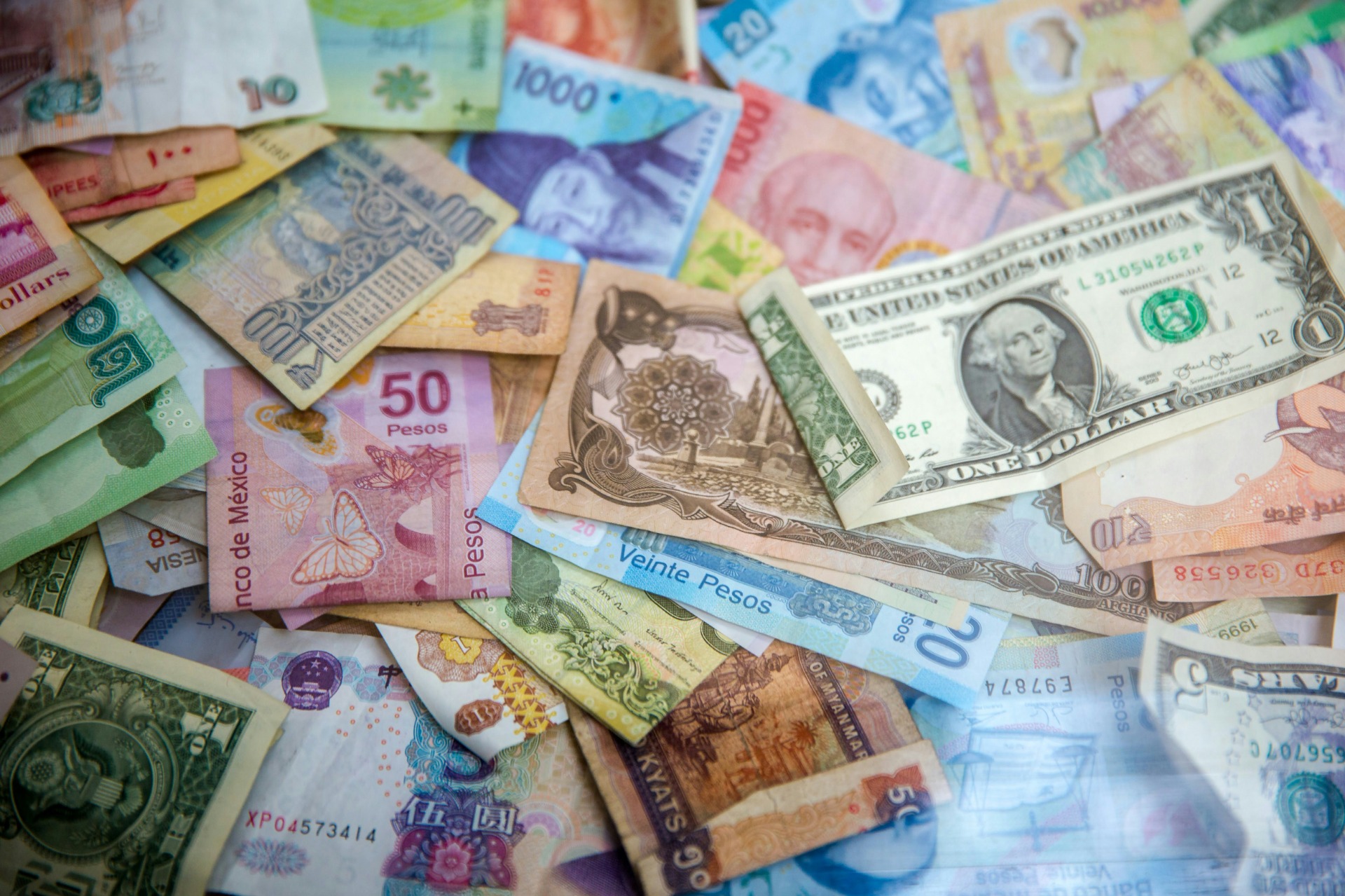
Mozambique - Trade Balance and Export Diversification
Mozambique 2025 - Trade Balance and Export Diversification Strategies: The Extractive Anchor and Regional Trade Ambitions
Mozambique's external position in 2025 is dominated by a persistent and structural trade deficit, driven by massive imports for capital-intensive mega-projects and reliance on essential foreign goods. While the country is strategically leveraging its position as a regional gateway and attempting to seize opportunities presented by the African Continental Free Trade Area (AfCFTA), the trade balance remains anchored by a few extractive commodities, exposing the economy to external price volatility and limiting its full trade potential.
The Trade Deficit and External Position (2022–2025)
Mozambique's external position is characterized by accelerated growth in the importation of capital goods and specialized services, which are funded by increasing Foreign Direct Investment (FDI) inflows that finance the country's current account deficit.
Trade Balance Metrics
Data from 2022 confirmed the severity of the trade imbalance:
Exports vs. Imports (2022): Exports amounted to US$8.2 billion, while imports reached US$13.3 billion.
Historical Deficit: Mozambique's National Trade Balance has historically been in a deficit. The accumulated deficit between 2020 and 2023 reached US$10.419 billion.
2025 Trend: The trade balance deficit fell by 9.8% in the first quarter of 2025, reaching approximately $540 million. This performance reflected a contraction in imports and a slight recovery in exports, suggesting a slowdown in external pressures.
Current Account Deficit (CA): The external current account deficit, after grants, was -11.6% of GDP in 2023, though it is projected to widen substantially to -30.8% in 2024 and further to -43.0% of GDP by 2025. This widening is primarily exacerbated by rising import levels associated with LNG projects.
Export Concentration: Gas and Aluminum Dominance
Exports have seen a major rise driven by FDI inflows, with goods such as coal, natural gas, titanium, and aluminum taking the lead.
Key Commodities: The main exports are mineral fuels, mineral oil, and products of their distillation (over 40% of total goods exports, largely petroleum gas and coal briquettes), and aluminum articles (about 25% of total goods exports, predominantly raw aluminum).
LNG Impact: LNG production from the Coral Sul FLNG project significantly boosted merchandise exports, which rose from 26.1% of GDP in 2020 to 43.9% of GDP in 2022. LNG exports surged to US$1.7 billion in 2023 from $541.6 million in 2022. Gas replaced aluminum as the country's second-largest export in the first nine months of 2023.
Vulnerability: This high concentration exposes Mozambique to international price volatility. Furthermore, the carbon-intensive nature of its main exports (aluminum, coal, petroleum) poses risks due to global climate change mitigation efforts, such as the European Union's Carbon Border Adjustment Mechanism (CBAM).
Import Dependencies
Imports, emphasized by the growth in the bill paid for machinery, fuel, and raw aluminum, are growing faster than exports in sectors outside of megaprojects. Mozambique imports capital goods, fuel, and energy, and expends a large amount of financial resources on staple foodstuffs. The high level of imports contributes to the scarcity of foreign currency in the financial system.
II. Export Diversification Strategies and Regional Trade
Moving away from concentration in extractives requires significant transformational efforts. Mozambique aims to use its revenues from extractive industries as an antidote to "Dutch Disease," investing in alternative export sectors to sustain growth and diversify risk, maximizing job creation and poverty reduction.
Leveraging Regional Logistics and Corridors
Mozambique is strategically positioned to serve landlocked neighbors (Zambia, Zimbabwe, and Malawi) through its coastline and transport corridors.
Regional Hub Ambition: Mozambique serves as a key cargo gateway for landlocked neighbors. The government has invested heavily in ports and railway links, transforming the Maputo Port into the starting point of the multi-modal Maputo-Johannesburg transport corridor.Logistics Corridors: The country utilizes the Maputo (south) and Nacala (northern) corridors, which are generally better managed than the central Beira corridor. Ports like Beira and Nacala are important for Malawi's trade. DP World began a USD 165 million development of the Port of Maputo container terminal in 2025 to boost capacity.
African Continental Free Trade Area (AfCFTA)
Mozambique is a signatory member of the AfCFTA Agreement, which is a strategic move to boost intra-African trade and promote economic integration.
AfCFTA Potential: The AfCFTA aims to reduce tariff barriers and boost trade for the 54 African member countries. It provides preferential access to new African markets outside the SADC region and enables reduced tariff barriers. Opportunities for Mozambique are identified in exporting sugar and fish products, especially to landlocked countries. The industrial, transport and logistics, agri-food, fisheries, energy, and mining sectors are highlighted as having the greatest potential for growth in intra-African trade.
Trade Barriers: Despite the potential, Mozambique faces challenges in fully capitalizing on AfCFTA, including the need to increase competitiveness, modernize logistics, harmonize trade policies, and strengthen domestic productive capacity.
Existing Preferential Agreements: Mozambique already benefits from regional agreements. It is a member of the SADC Free Trade Area, where 99.6% of duties for goods from SADC countries are at zero. The simple average tariff rate in Mozambique remains 10.3%, with lower rates on non-agricultural products (9.7%).
Expected Benefits: Analysts suggest the real income gains for Mozambique by the AfCFTA will be minimal, approximately 2%. However, it may accelerate diversification by strengthening value chains and improving productive and allocative efficiencies, especially in agriculture, where support indicators are expected to be relevant for AfCFTA trade negotiations.
Challenges to Trade Facilitation in 2025
Inefficient customs procedures and lack of coordination remain critical barriers to realizing Mozambique's full trade potential.
Customs and Logistics: Customs checkpoints are known corruption hotspots. There is an urgent need for enhanced digitalization of customs procedures and an expansion of streamlined single-stop border posts. Inefficient customs procedures, high administrative fees, and transport delays remain a burden for companies, particularly SMEs.
Trade Risk: The high dependency of micro, small, and medium enterprises (MPMEs) on import and export trade exposes the sector to serious structural risks, worsened by exchange rate volatility and systemic corruption in the customs service.